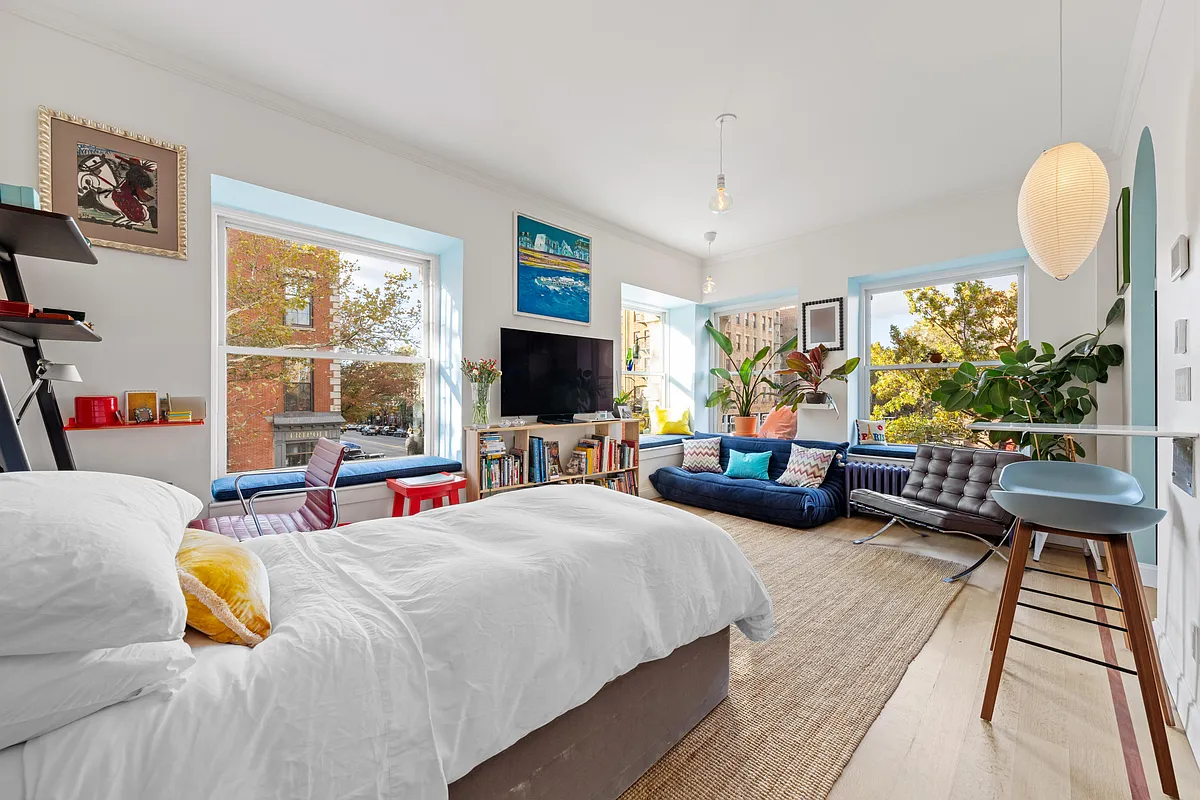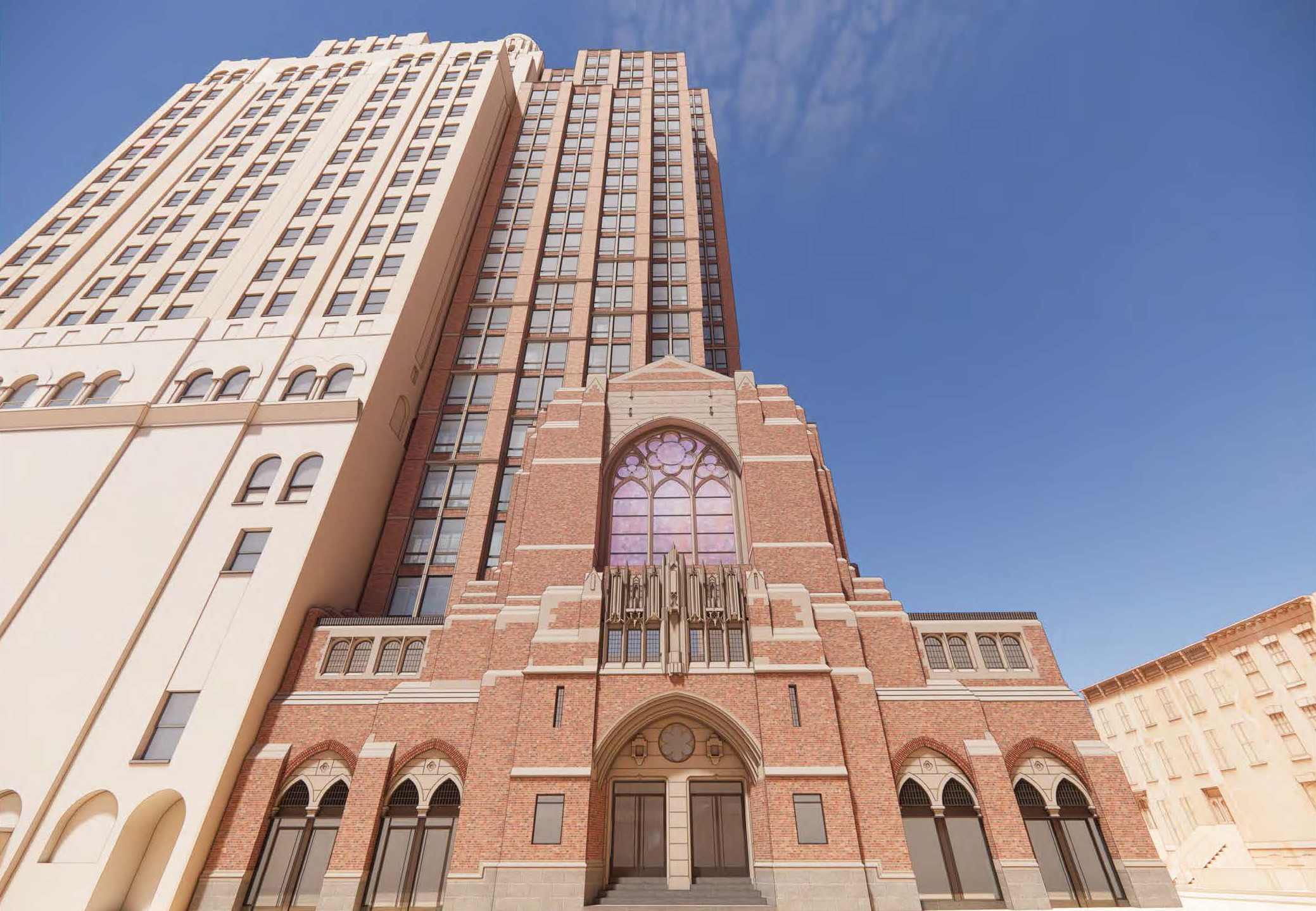News Flash: Everyone Wants to Live in the City
If you weren’t already convinced that city life is becoming increasingly preferable to suburban life, see this article in The New Republic, which looks at a trend called “demographic inversion”—a reversal of the white flight that helped hollow out the inner city beginning in the 1950s. The author quantifies what many Brooklynites already know: the…


If you weren’t already convinced that city life is becoming increasingly preferable to suburban life, see this article in The New Republic, which looks at a trend called “demographic inversion”—a reversal of the white flight that helped hollow out the inner city beginning in the 1950s. The author quantifies what many Brooklynites already know: the neighborhoods closest to vocational and cultural hubs (like, dare we say, Manhattan) and with shopping and services in walking distance are the most popular, forcing poorer folks to move further and further out. There’s been plenty of talk about the suburbs potentially turning into 21st century slums but what will 21st century cities look like if demographic inversion continues? “In the worst case, demographic inversion would result in the poor living out of sight and largely forgotten in some new kind of high-rise projects beyond the city border, with the wealthy huddled in gated enclaves in the center.”
Trading Places [The New Republic]
Beyond Gentrification [Curbed]
Photo by Daily Phototherapy.





“Perhaps suburban housing costs are falling, but transportation costs (and taxes) are high and growing. If you work in Manhattan, the suburbs are no panacea, both in terms of expense and time management. Besides, there are plenty of run-down areas in the suburbs. Who’s to say the choice won’t be (4) decent place in crappy suburban neighborhood?”
East New York — that’s a fair point and anyone thinking of these options definitely needs to consider taxes and transportation costs (both current and future).
Personally, I’d rather not move to the suburbs.
I like the city, but after getting a 40% rent increase in 2007, I don’t feel like renting in NYC is financially “safe” anymore and I want find a more stable housing situation.
However for me (and I assume others) it isn’t a choice about absolute cost but about relative value. If I can only afford to spend $X/month for housing and X isn’t going to change, the important question is “what can I get for $X/month”?
Right now it looks like the answers are:
1. A 2 bedroom rental in park slope.
2. A 2 bedroom condo/coop in a neighborhood I don’t want to live in.
3. A house, a car, and a long commute in a nice suburb.
4. A bigger house, a car, and a long commute in a crappy suburb.
I’ll be sticking with #1 at least through most of 2009.
I would hope that buying a place in a part of brooklyn I like becomes practical for me by then (either through increased income, decreased costs, or some combination thereof).
Hopefully I won’t be dumb enough to choose option 4.
Parked Slope;
Nice try, ducking behind an excerpt of one report that cites 3 years in an area, that you took out of context. Since you had trouble finding the socio-economic reports from the 2000 census, allow me to point it out to you:
http://home2.nyc.gov/html/dcp/html/census/census.shtml
I invite all to go through the sections about the areas in question. Moreover, Parked Slope, you still haven’t answered my question: which areas of the outer reaches of Brooklyn are being gentrified by Brooklyn natives? Please be specific.
As for how the middle class is getting squeezed in these areas, I’ll repeat again my own experience in Gravesend: a single-family home across the street from where I lived was purchased by an investor,who subsequently chopped it up to 6 units and then rented them out to immigrants. The house is now worth alot more as a 6-unit rental than when it was a single-family home, so it is now out-of-reach to a middle class family. The small lawn that used to sit in front of the house has been paved over to make way for the parking of the residents. This goes on all the time in these areas? Unlike Parked Slope, I’ll give hard data: I invite all to take a walk in the area of the “West Streets” between Bay Parkway and Kings Highway, and count the number of electrical meters outside homes that were originally built to house one or two families. Take a look at the number of front lawns that have been paved over to make way for parking. Another area where you can see this is in Brighton Beach, on the side away from the beach (the other side of the “el”. Also there, single-family homes have been converted to rooming houses for immigrants.
Parksloped – yes but look at what level they are starting – the relevant number is what % of OVERALL world demand does that 7.5 and 5.5% represent – because THAT is the number that if we can (and will) exceed by efficiency and alternatives will result in price declines (from current levels)
Is it me, or is The What making a 9/11 joke [“get hit by an airplane”]?
What-ever!
“You don’t even know any of the mom & pop shops in Bed-Stuy near Restoration Plaza. So obviously, you don’t support the local businesses because, if you did, you would know them.”
Naw Asshat. I didn’t want to give that tom morris any light. BTW Assfuck I was up and down Bed Stuy yesterday.
“And to repeat – yet again – you work(ed) in the real estate business. You created the very problem you rant about. If you want to be angry with someone, look in the mirror.”
Nope everyone who bought a house from me did very well. I got out just in time.
“And no, no one is going to beat me up, “gun -but” me or rob me. Your threats are sad and pathetic.”
Would you like to wind up on the Famous Asshole Quotes post? LMMFAO stupid!
The What
Someday this war is gonna end…
That’s sweet What. lol. Kiss kiss darling. Be a good boy.
You do sometimes honestly make me laugh. I even hope that you have a nice weekend.
Take your meds, what.
fsrq-
It seems like I’m having to put out a lot of fires today:
http://www.iags.org/futureofoil.html
“The two countries with the highest rate of growth in oil use are China and India, whose combined populations account for a third of humanity. In the next two decades, China’s oil consumption is expected to grow at a rate of 7.5% per year and India’s 5.5%. (Compare to a 1% growth for the industrialized countries).”
&
http://www.forbes.com/afxnewslimited/feeds/afx/2007/07/09/afx3893219.html
“The IEA said China will be the main driver of demand across the Asia region, accounting for 48.9 pct of non-Organization for Economic Co-operation and Development Asian demand by 2012. Given the country’s booming economy, oil product demand is projected to increase by 5.6 pct per year on average to almost 10 mln bpd by 2012, consolidating its position as the second largest oil consumer after the US,’ it said.”
Nice try – butI’m not sure why you’d argue this particular position. Even a cursory study of energy trends indicates that the long-run of low prices we saw in the 90s is unlikely to be repeated within the coming decade. If “China” isn’t a sufficient one-word explanation, try “Iraq.”
“Have a good weekend everyone.”
I hope you get hit by a fucking airplane!
The What
Someday this war is gonna end…